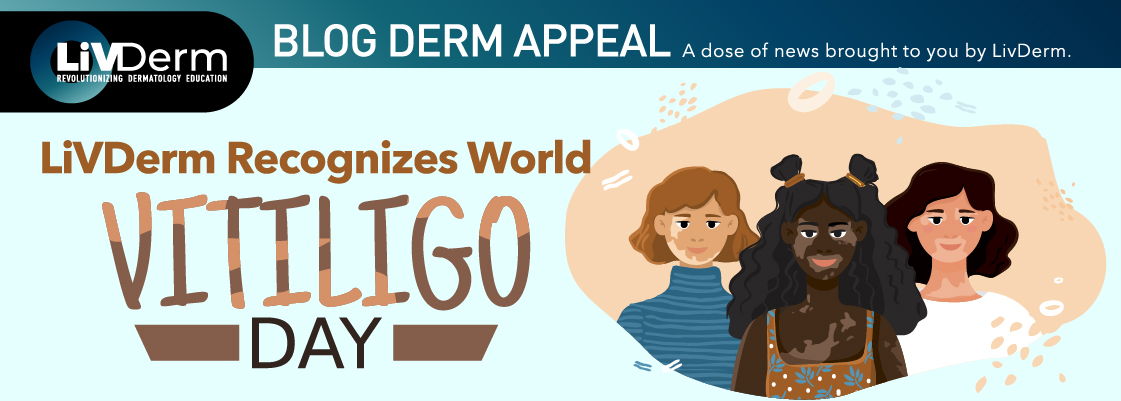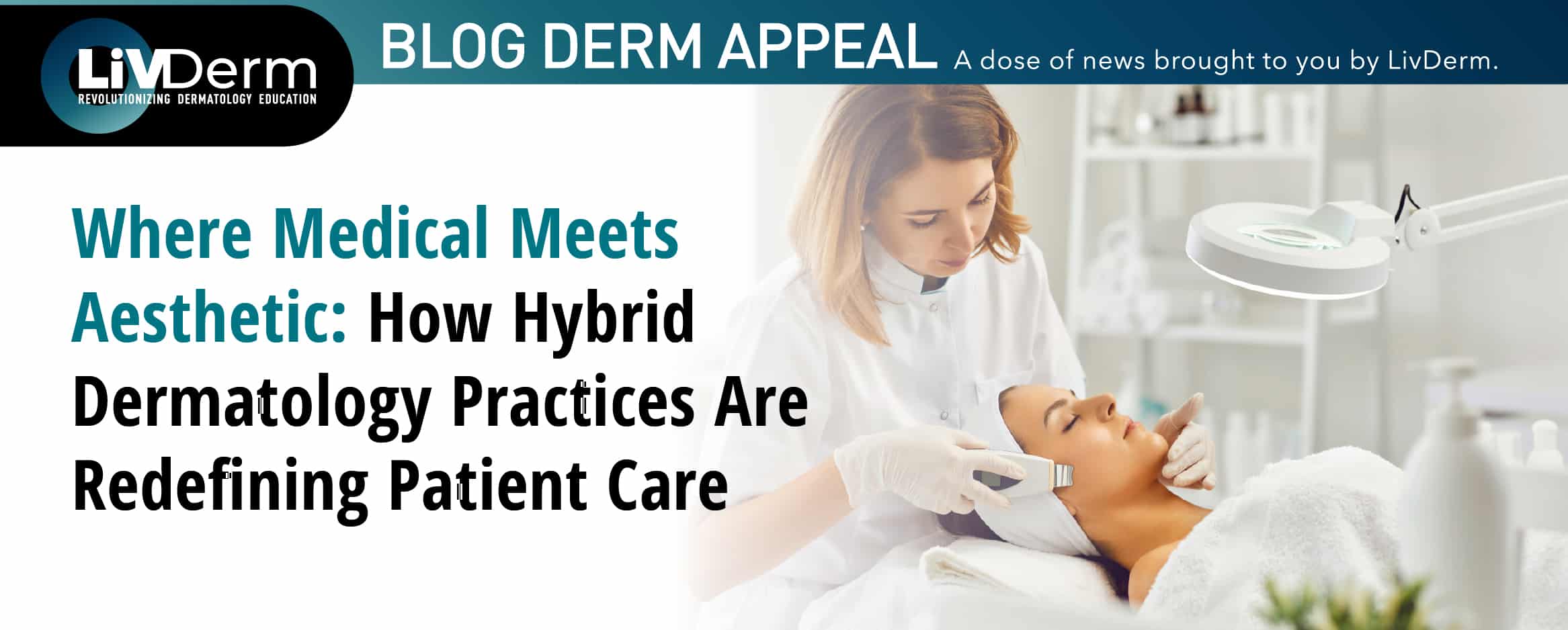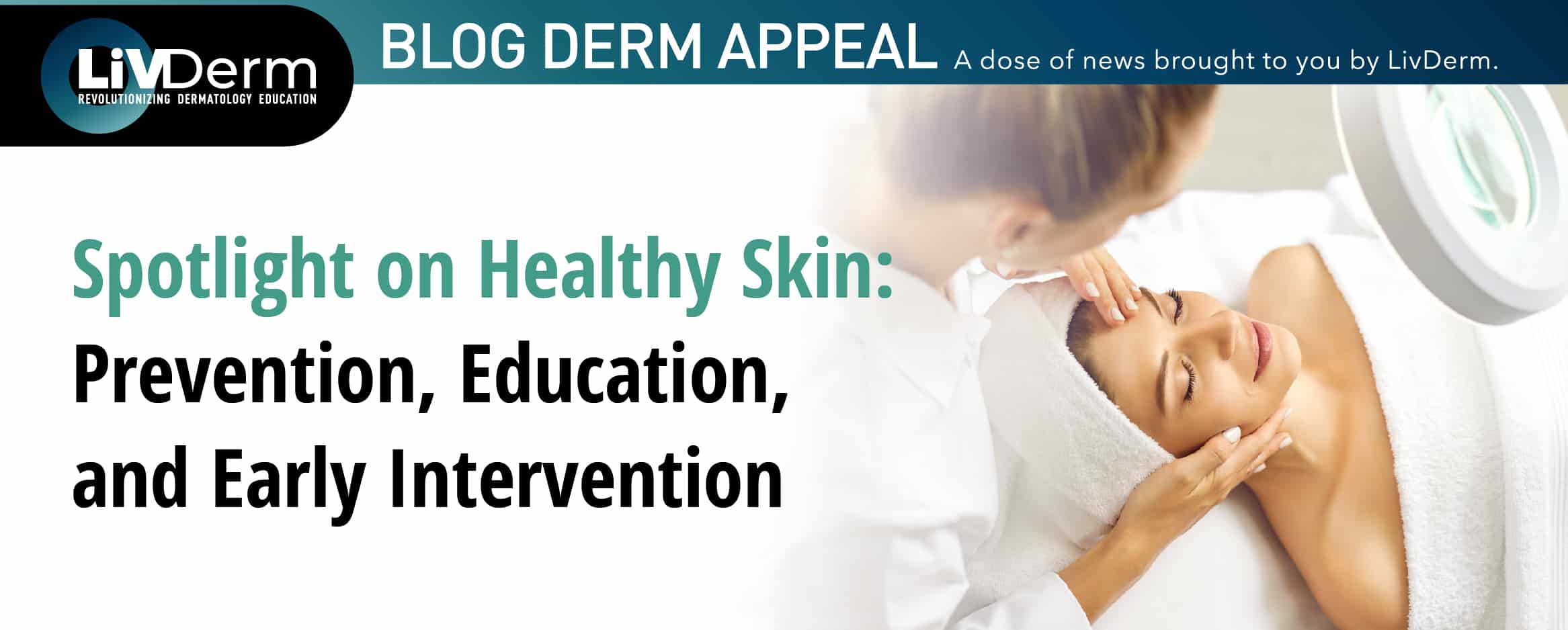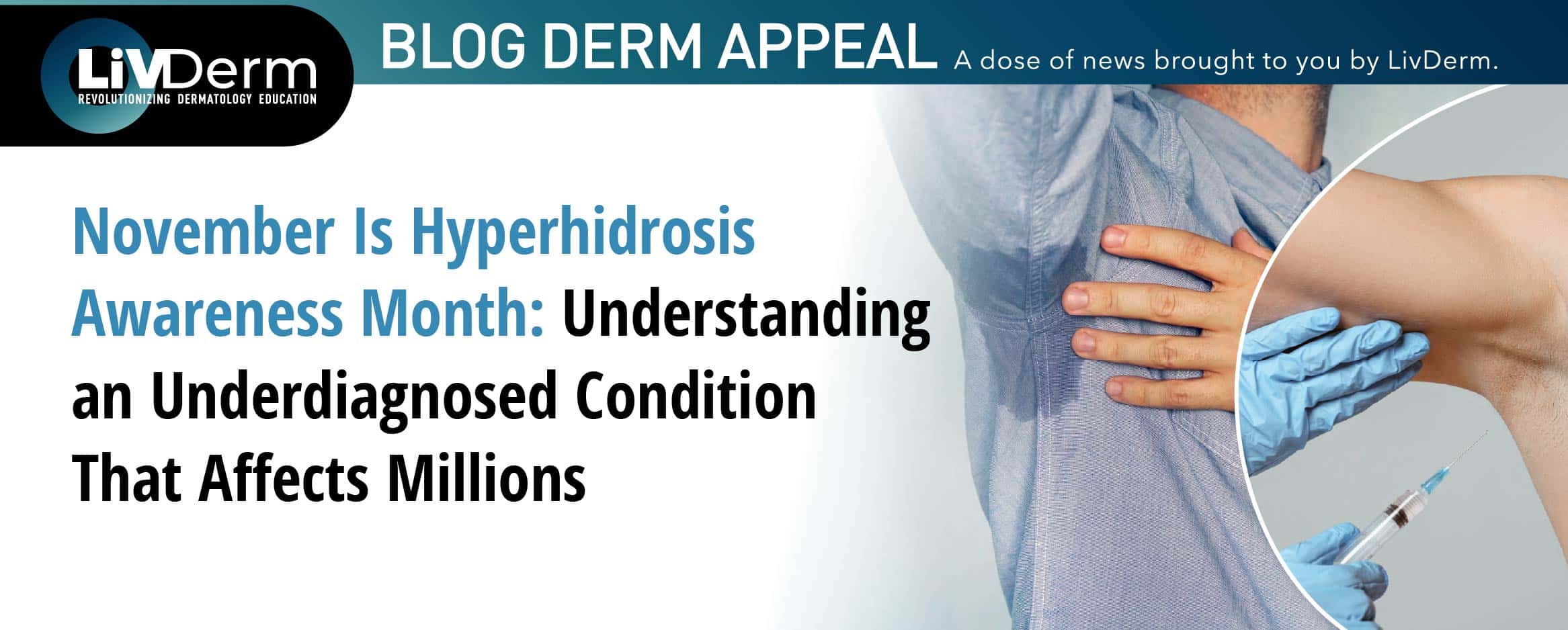World Vitiligo Day is an opportunity for people with vitiligo to connect with others who share their experience. It is a time to celebrate the progress that has been made in the quest to cure and increase conversations around this skin disorder. And, it’s a day for providers who care for patients with vitiligo to spread a positive message and discontinue the rhetoric that individuals “suffer” from this disorder. LiVDerm joins the dermatologic community in recognizing, connecting, celebrating, and uplifting people with vitiligo, their loved ones, and the providers who care for them.
Vitiligo and epidemiology
Vitiligo (vit-ill-EYE-go) is a very complex and generally unpredictable skin disease causing the skin to lighten in patches across the face and body. It often presents as white macules of variable size and shape located in the folds of the body, periorificial areas, and in areas of skin most exposed to the sun. It is a poorly understood, noncommunicable, immune-mediated skin disease that affects about one in every hundred people. The total number of people with vitiligo is estimated at around 100 million people worldwide, but it may be much higher because it is such an underreported disease.
As with many autoimmune disorders, vitiligo is believed to have both genetic precursors and external triggers. Many susceptibility genes identified in patients with vitiligo have also been associated with other autoimmune diseases epidemiologically associated with vitiligo. However, environmental factors like exposure to the sun or chemicals found in adhesives or rubber can trigger or exacerbate the pigment loss in vitiligo.
Vitiligo organizations and awareness
Several groups exist to raise awareness and bolster support for much-needed research to find effective therapies and an ultimate cure for vitiligo:
- Global Vitiligo Foundation. With resources for both patients and providers, this U.S.-based organization is a hub for vitiligo-related events, research, outreach, and education.
- My Vitiligo Team. A network of support for patients, this forum provides advice, insights, and management therapies for vitiligo.
- The Vitiligo Society. Patients and caregivers can access this U.K.-based site that features empowering stories from those living life with vitiligo, who are not only coping, but thriving.
- Vitiligo Support International. This patient-driven nonprofit organization offers a comprehensive resource of vitiligo education, research, and awareness for those whose lives have been affected by vitiligo.
- Vitiligo Research Foundation. Determined to take up the fight for vitiligo research funding, the father of a patient with vitiligo established this nonprofit organization in 2010. It aims to accelerate the end of suffering for millions of people who live with vitiligo through research, support, and education.
Although these and other organizations have an awareness and research focus, almost all also have a robust effort to shift the conversation away from just finding effective treatments and cures to actually helping patients with vitiligo thrive and feel confident and happy in their skin. Many have campaigns to get out and “show your patches” or “get spotted” in an attempt to celebrate instead of camouflaging their skin.
Reshaping the conversation
There is no cure for vitiligo, but there are treatments that can help improve symptoms. Treatment options include self-administered therapy, topical treatments, light treatment, and surgery. However, advocates for empowerment around the way individuals with vitiligo are seen and treated want providers and patients to focus less on solving or masking the condition and more on living confidently with the disorder.
Vitiligo in pediatric patients
It affects patients of all ages, but vitiligo normally develops before twenty – meaning many children are living with vitiligo. According to the most recent guidelines, topical corticosteroids, topical calcineurin inhibitors, and narrowband ultraviolet B phototherapy are the most commonly used treatment modalities for vitiligo in children. But, the real burden is thought to be the psychosocial effects pediatric patients may experience having this visible skin condition.
Vitiligo in skin of color
The burden of vitiligo falls particularly hard on developing countries and people and populations with skin of color. Factors such as discrimination, stigmatization, and barriers to accessing care lead to a high rate of misdiagnosis and undertreatment in these individuals. Although observationally, it may appear that vitiligo affects people with skin of color more frequently or severely, experts explain that it may actually just be more visible on darker skin tones, not more common.
Key takeaway
Despite the unique challenges vitiligo presents, especially for pediatric patients and patients with skin of color, providers can support all their patients with this skin disorder by staying up-to-date on the latest therapies and encouraging positive conversations based on acceptance and empowerment.
Sources:
- https://25june.org/
- https://pubmed.ncbi.nlm.nih.gov/30911977/
- https://shop.vitiligosociety.org/

















